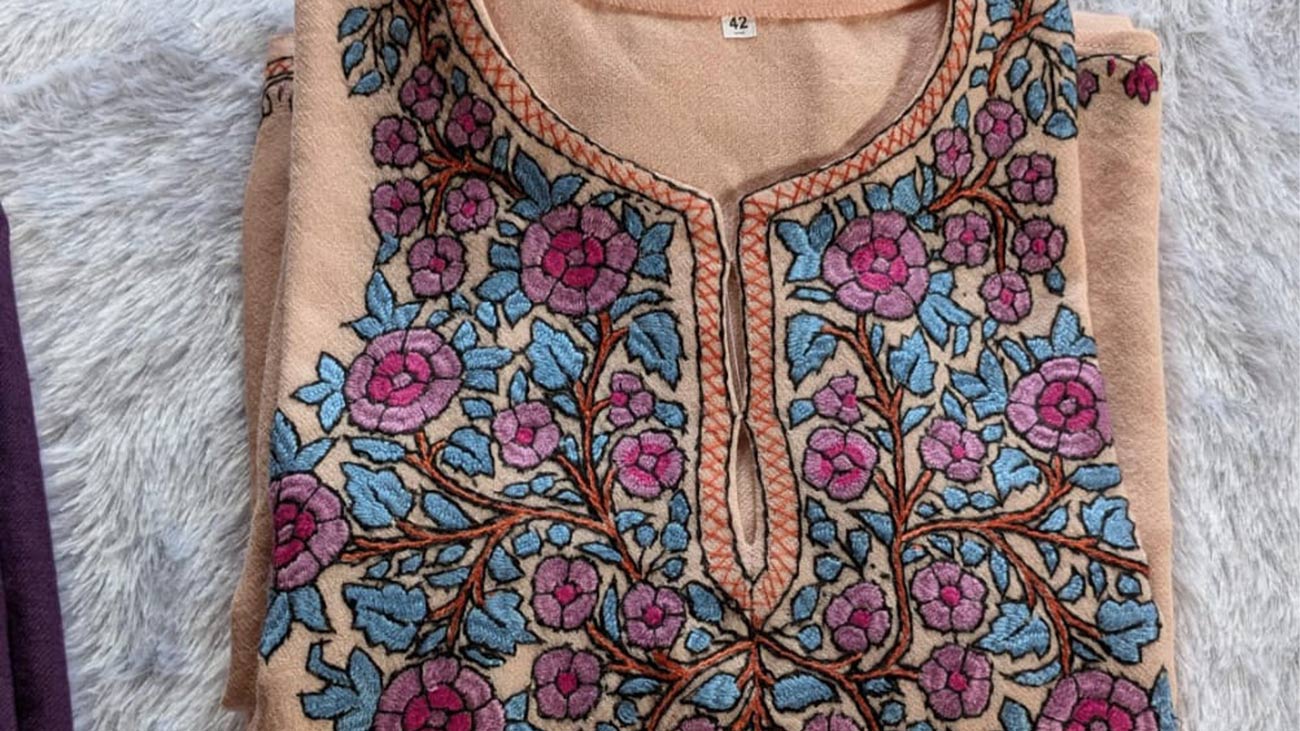Editorial
The Kashmiri Phiran: A Timeless Garment Bridging Cultures and Generations

Introduction to the Kashmiri Phiran
The phiran, a long, loose-fitting garment, holds a special place in Kashmiri culture and has evolved into a symbol of both tradition and identity. Worn by men and women, the phiran is crafted for comfort and warmth in the chilly Kashmiri climate. This traditional attire is often embellished with intricate embroidery and vibrant designs, blending craftsmanship with functionality. Rooted in the region’s cultural history, the phiran has not only endured but has gained international appeal.
Historical Origins and Cultural Significance of the Phiran
The phiran traces its origins back to the 14th century, believed to have been influenced by Persian and Central Asian garments. It was initially designed as a practical garment for Kashmir’s cold winters, allowing easy layering and comfort. Over centuries, the phiran has come to embody Kashmiri culture, standing as a testament to the resilience and beauty of the region’s people and their artistry. For Kashmiri communities worldwide, wearing a phiran serves as a connection to their heritage.
Distinctive Features of the Phiran: Style and Craftsmanship
Phirans are typically made from wool or Pashmina, often with silk or cotton linings for added comfort. Their distinct embroidery styles include:
- Tilla Work: Gold and silver thread embroidery, often seen on formal phirans.
- Aari Work: Hook embroidery that adds intricate detailing to everyday phirans.
- Sozni Work: Fine needlework used to create floral and paisley patterns.
These elements make each phiran unique, combining warmth with art. Women’s phirans are often brighter and more elaborately designed, while men’s versions lean toward simpler, earth-toned colors.
The Role of Phiran in Kashmiri Weddings and Celebrations
In Kashmiri weddings, the phiran plays a significant role, especially during the Aab Sherun ritual. Brides wear intricately designed phirans adorned with traditional embroidery, marking their cultural transition with elegance. These wedding phirans often incorporate luxurious materials like Pashmina and include embellishments that make them heirloom pieces, passed down through generations.
The Global Appeal of the Kashmiri Phiran
Today, the phiran has transcended geographical borders, appealing to fashion enthusiasts and cultural aficionados worldwide. With designers reimagining this garment for contemporary fashion, the phiran has entered global fashion circuits as a symbol of both luxury and sustainability. International markets are increasingly embracing the phiran, recognizing its potential as a fusion of tradition and style.
How to Style the Phiran in Modern Fashion
For those looking to incorporate the phiran into their wardrobe, consider pairing it with modern accessories for an updated look:
- Casual Wear: Pair a woolen phiran with denim for a relaxed yet stylish outfit.
- Formal Events: Opt for a silk or Pashmina phiran with tilla embroidery, paired with traditional jewelry for an elegant look.
- Fusion Fashion: Mix with contemporary trousers, belts, or scarves to create a unique, blended style.
Care and Preservation of the Phiran
Phirans, particularly those made from fine wool or Pashmina, require careful maintenance to preserve their quality. Here are some tips:
- Dry Clean Only: For embroidered or Pashmina phirans, professional cleaning is recommended.
- Storage: Store phirans in breathable bags to protect them from moisture and moths.
- Avoid Direct Sunlight: Prolonged exposure to sunlight may fade colors and damage delicate embroidery.
Conclusion
The Kashmiri phiran is a garment rich in history, cultural significance, and artisanal craftsmanship. Its adaptability to modern fashion trends and global appeal speak to its timeless nature. With each phiran worn, Kashmiri culture is celebrated, preserved, and carried forward across borders, connecting people through shared appreciation for tradition and style. Embracing the phiran means honoring centuries-old craftsmanship while inviting it into contemporary fashion.
